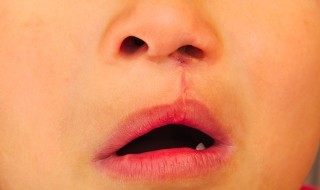 New research has paved the way for improving surgical techniques and treatment outcomes on cleft lip/palate cases.
New research has paved the way for improving surgical techniques and treatment outcomes on cleft lip/palate cases.
The study evaluated the literature in order to look more closely at why and when surgery to correct the condition was carried out multiple times – known as revision surgeries.
By assessing the 4,210 relevant cases found in the literature, the team has come up with a strong foundation for future study as well as some potential ways to reduce the need for revision surgery in future cases.
The researchers found that revision surgeries could be affected by whether the case involved an isolated cleft lip compared with cleft lip and cleft palate corrections, and by the portion of the lip where the surgery was conducted (specifically, the vermilion or vermilo-cutaneous junction).
Follow-up duration was also found to play a role, with more revision surgeries resulting from longer follow-up times.
The authors also found that the quality of the initial surgery plays a very important role in revisions, especially when dealing with the vermilion junction, and it was determined that closing the vermilion could reduce the need for revision surgeries.
The authors concluded that a new population-based study should be conducted for more definitive findings on the burden of care for unilateral cleft lip. Such a study would help to further reduce the current reliance on surgical care and improve outcomes for patients worldwide.
The full text of the article, The burden of care for children with unilateral cleft lip: a systematic review of revision surgery, published in The Cleft Palate-Craniofacial Journal, can be found here.
Children born with cleft lip/palate go through extensive treatments that usually begin before their first birthday. Most treatment plans include surgery to repair the orofacial cleft, which will increase the child’s verbal communication abilities, self-esteem and overall confidence. Unfortunately, a one-time surgery is rare. Many children require revision surgeries to create the correct alignment, symmetry and normal facial movements. As a result, health providers are constantly looking for ways to decrease the number of revision surgeries required for children with cleft lip/palate.


